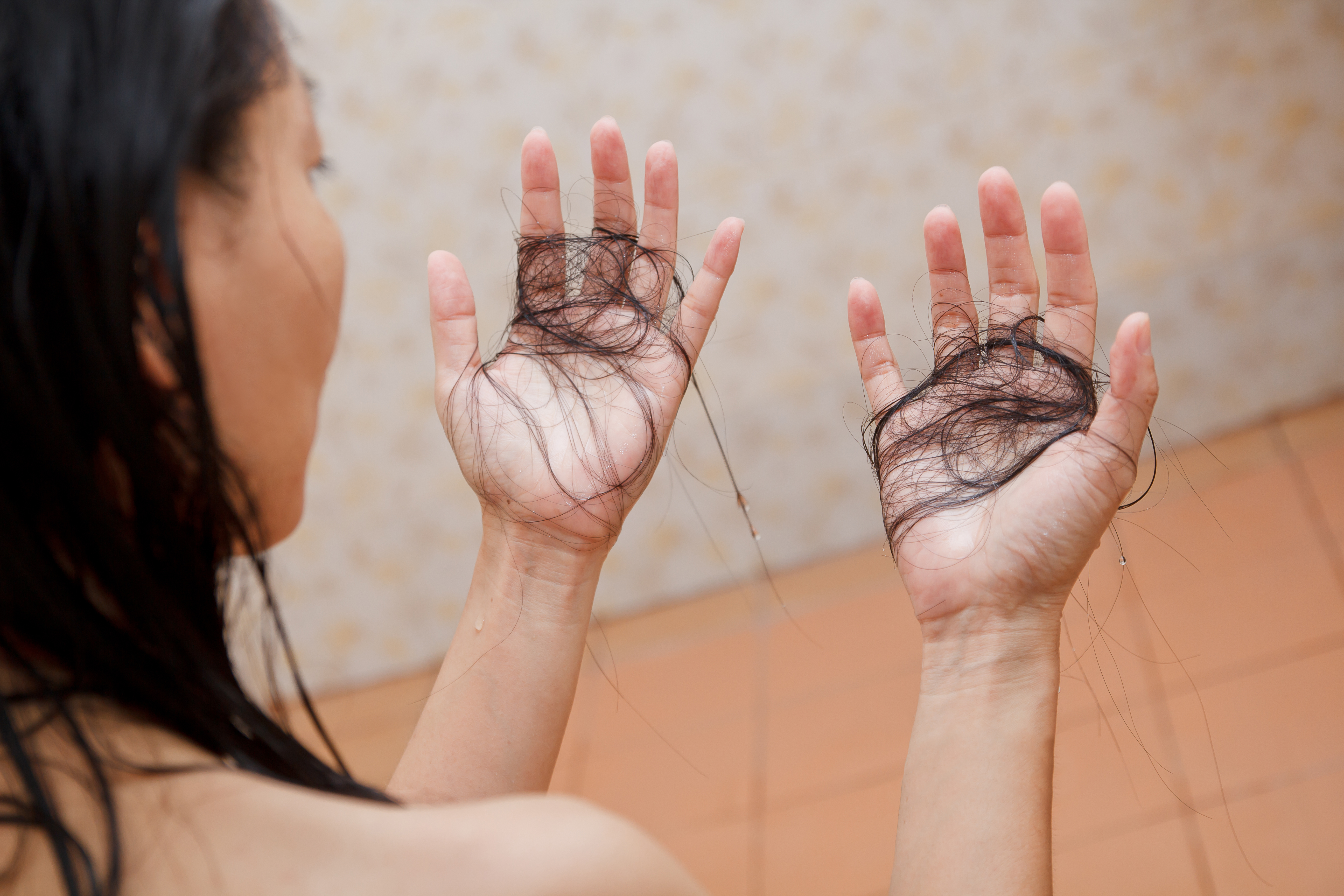Understanding Women’s Hair Loss and When to Seek Advice
Hair loss affects millions of women worldwide, yet it remains a topic many feel uncomfortable discussing openly. Unlike male pattern baldness, women's hair loss often presents differently and can stem from various underlying causes. Understanding the patterns, triggers, and available support options can help women make informed decisions about their hair health and overall well-being.

What is Women’s Hair Loss?
Women’s hair loss differs significantly from the typical balding patterns seen in men. Rather than experiencing complete baldness in specific areas, women typically notice overall thinning, particularly around the crown and part line. The hair shaft may become finer, and the scalp may become more visible through the hair. This condition can affect women of all ages, though it becomes more common with hormonal changes during menopause. The emotional impact often extends beyond physical appearance, affecting self-confidence and social interactions in ways that many don’t anticipate.
Common Causes of Hair Loss
Multiple factors can contribute to hair loss in women, making diagnosis and treatment approaches varied and complex. Hormonal fluctuations represent one of the most significant triggers, particularly during pregnancy, postpartum recovery, and menopause. Thyroid disorders can also disrupt normal hair growth cycles, leading to thinning or increased shedding.
Stress plays a substantial role in hair health, with both physical and emotional stress potentially triggering temporary or prolonged hair loss. Nutritional deficiencies, particularly iron, protein, and certain vitamins, can compromise hair follicle function. Styling practices such as tight hairstyles, excessive heat treatment, or chemical processing can cause mechanical damage leading to breakage and thinning.
Certain health conditions and treatments can also contribute to hair loss. Autoimmune conditions may cause patchy hair loss, while some therapeutic interventions can result in temporary but significant hair thinning.
Recognizing the Signs
Early recognition of hair loss patterns can help women seek appropriate guidance before the condition progresses significantly. Common signs include noticing more hair than usual on pillows, in shower drains, or on clothing. The ponytail may feel thinner, or more scalp may become visible when parting hair.
Changes in hair texture, such as increased brittleness or a finer feel, often accompany thinning. Some women notice their hairline gradually receding, particularly around the temples. Unlike sudden hair loss, which may indicate an acute condition requiring immediate attention, gradual changes often develop over months or years.
Keeping a hair diary can help track patterns and identify potential triggers. Documenting when increased shedding occurs, along with any life changes, stress levels, or new products used, can provide valuable information for healthcare consultations.
Impact on Health and Lifestyle
Hair loss affects women’s lives in ways that extend far beyond physical appearance. Many women report decreased self-confidence, social anxiety, and changes in their daily routines to accommodate styling challenges. The psychological impact can be profound, affecting professional interactions, romantic relationships, and overall quality of life.
Understanding that these emotional responses are normal and valid helps women recognize when professional support might be beneficial. The impact often intensifies when hair loss is sudden or occurs during significant life transitions. Some women modify their social activities, avoid certain clothing styles, or invest considerable time in styling techniques to camouflage thinning areas.
The relationship between stress and hair loss can create a challenging cycle, where hair loss causes stress, which may in turn worsen the condition. Recognizing this pattern helps women understand the importance of addressing both the physical and emotional aspects of their experience.
When Professional Guidance Becomes Important
Knowing when to seek professional advice can make a significant difference in treatment outcomes and emotional well-being. Sudden, dramatic hair loss warrants prompt medical evaluation, as it may indicate an underlying health condition requiring treatment. However, even gradual changes that cause concern deserve professional attention.
Healthcare providers can evaluate potential underlying causes through physical examination, medical history review, and appropriate testing. They may assess thyroid function, nutrient levels, hormonal balance, and other factors that influence hair health. Dermatologists specializing in hair disorders can provide specific insights into scalp health and treatment options.
Mental health support may also prove valuable, particularly when hair loss significantly impacts daily life or emotional well-being. Support groups, either in-person or online, connect women experiencing similar challenges and provide practical coping strategies.
The timing of professional consultation often depends on individual comfort levels and the degree of impact on daily life. Some women benefit from early intervention, while others prefer to monitor changes over time before seeking guidance.
Moving Forward with Confidence
Understanding women’s hair loss empowers individuals to make informed decisions about their health and well-being. While the experience can feel isolating, millions of women navigate similar challenges successfully. Professional support, whether medical, cosmetic, or emotional, can provide valuable resources for managing both the physical and psychological aspects of hair loss.
Each woman’s experience is unique, and what works for one person may not suit another. Patience with the evaluation process and realistic expectations about timelines for improvement help create a more positive experience. With appropriate support and information, women can develop strategies that restore confidence and improve their overall quality of life.
This article is for informational purposes only and should not be considered medical advice. Please consult a qualified healthcare professional for personalized guidance and treatment.




